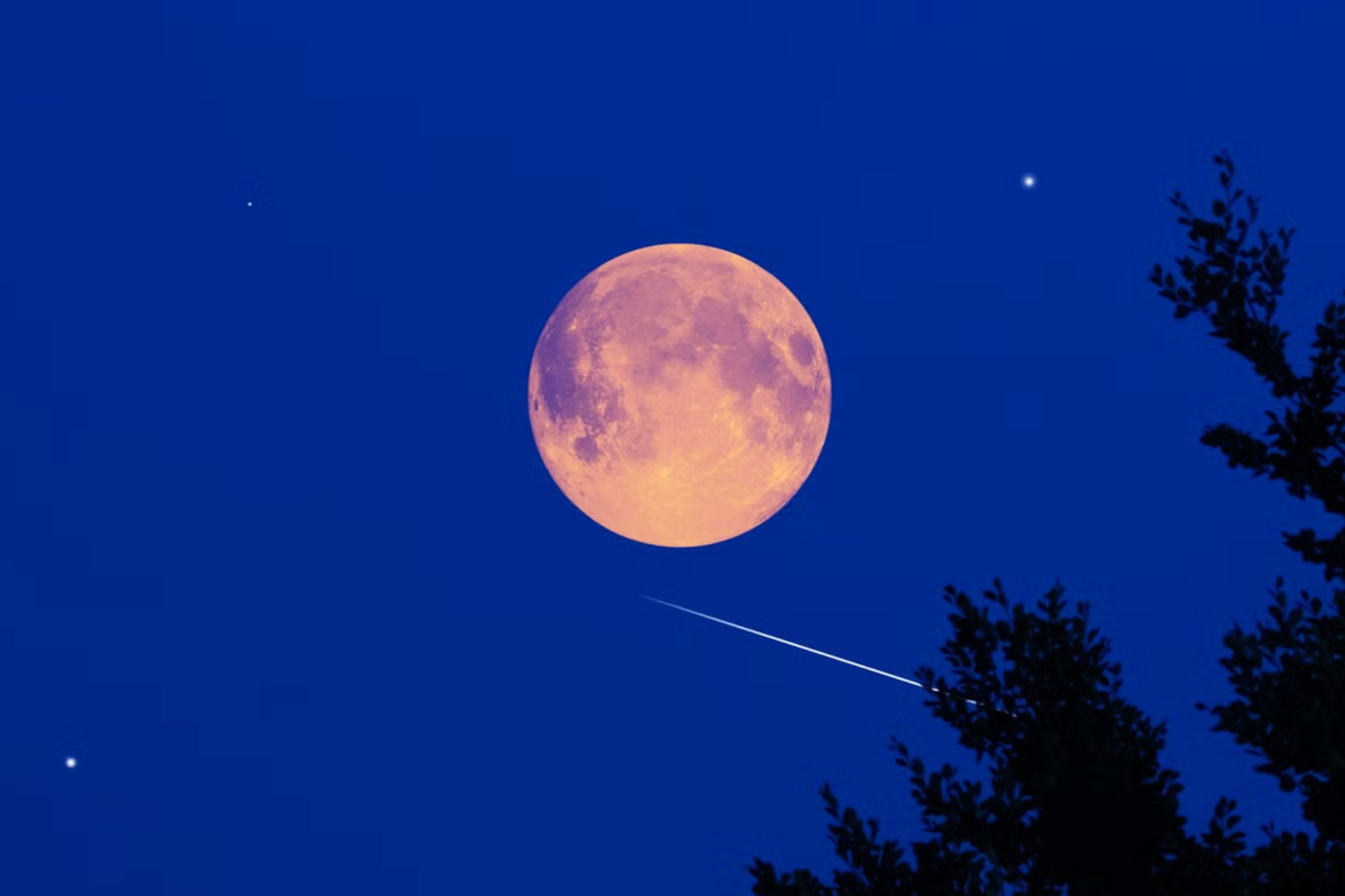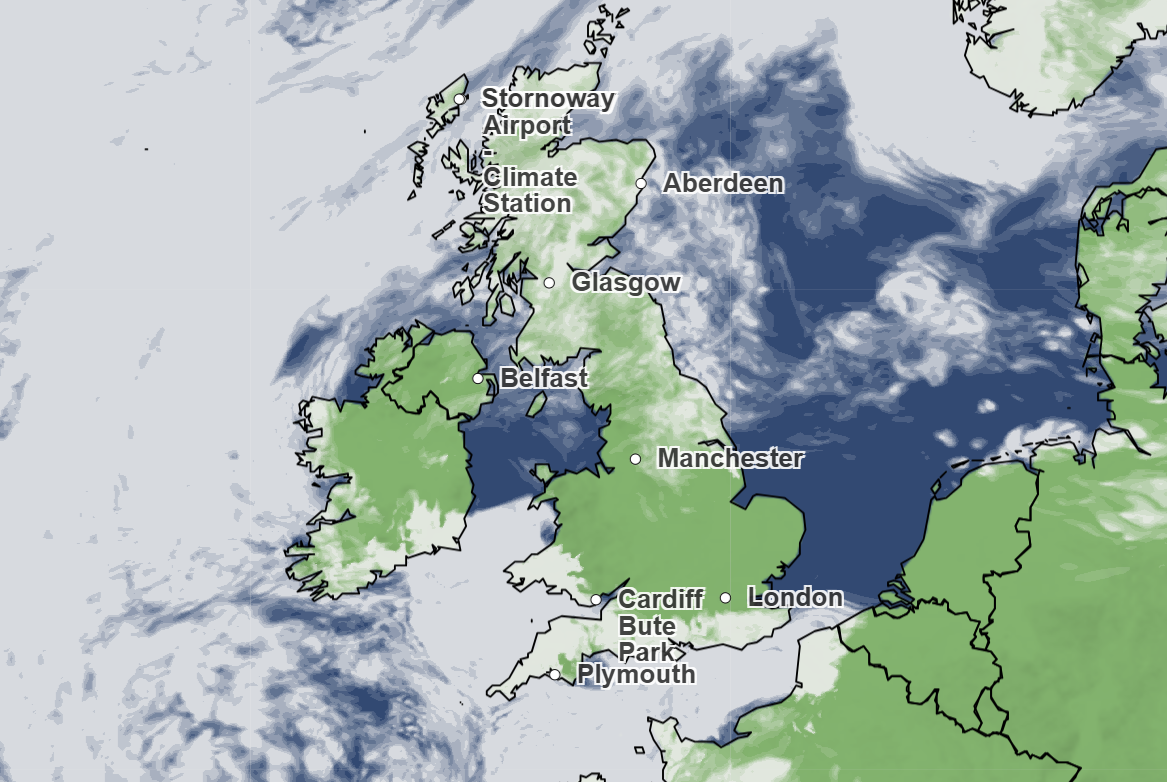
The annual Perseid meteor shower peaks tonight, delivering 2025’s biggest display of ‘shooting stars’.
Taking place every August, the Perseids are renowned for the bright, fast meteors that produce long tails as they burn up in the Earth’s atmosphere at speeds of up to 60 kilometres (37 miles) per second.
This year, a full Moon on the 9 August could impact visibility of some of the smaller meteors as the Perseid meteor shower reaches its peak. Here’s a full guide to best catch a glimpse of the Perseids this week.
When does the 2025 Perseid meteor shower peak?
The 2025 Perseids began to appear on 17 July and will continue until 24 August, however the best display of shooting stars will be during the peak on the night of 12-13 August.
Between 60-100 meteors will appear every hour under perfect conditions, with the highest intensity taking place just after 3am on Wednesday morning.
This year’s Perseids display takes place during a waning gibbous Moon with around 80 per cent illumination, which could interfere with views of fainter meteors.

The natural light pollution produced by the Moon means the number of Perseid meteors observable with the naked eye will likely be significantly reduced, however the brightest ones will still shine through.
How to see the Perseid meteor shower
The Perseid meteor shower radiates from the constellation Perseus in the north east of the night’s sky.
The best way for casual observers to locate the Perseus constellation is through a smartphone astronomy app, though for meteor showers just looking up should be enough to see the shooting stars.
Avoiding light pollution is key, so head away from street lights to a wide open space with clear views.
As the Moon continues to wane throughout the week, its light will dim and the Perseids will be easier to see.
Where is the best place to watch the Perseids?
The Perseid meteor shower can be seen from anywhere in the northern hemisphere, with Perseus climbing high in the night sky.
Some of the shooting stars can also be seen from the Southern Hemisphere, however the radiant is lower in the sky and therefore more easily obstructed by objects on the horizon.
The latest forecast from the UK Met Office suggests that large parts of the UK and Ireland will have clear skies on Tuesday night.

The Midlands and northern parts of England and Wales have minimal cloud cover, while most of central and eastern Ireland is also clear.
What is the Perseid meteor shower?
The annual Perseid meteor shower occurs when the comet Swift-Tuttle approaches the Sun, releasing a dust trail.
As Earth’s orbit crosses this cosmic dust, it burns up in the atmosphere to create what appear to be shooting stars that streak across the sky.

The European Space Agency describes the Perseids as “natural fireworks” that have been a regular feature of Earth’s sky for millennia.
“It provides a fabulous spectacle for viewers on Earth,” the ESA said in an infographic on the phenomenon.
“The Perseid meteor shower gets its name from the constellation Perseus, from where the shooting stars seem to come.”
Anyone unable to witness the Perseids this August will get another chance next year – and every year after that.
A full moon this weekend will appear just as a meteor shower approaches its peak
Meteor explodes in fireball and sonic boom over Australia
NASA Curiosity rover discovers coral-like flower-shaped rocks on Mars
Meteor that crashed into a Georgia home is older than Earth itself
Experts baffled as Trump and NASA fast-track plan for nuclear reactor on the moon
New evidence of giant gas planet around ‘Earth’s closest solar twin’







